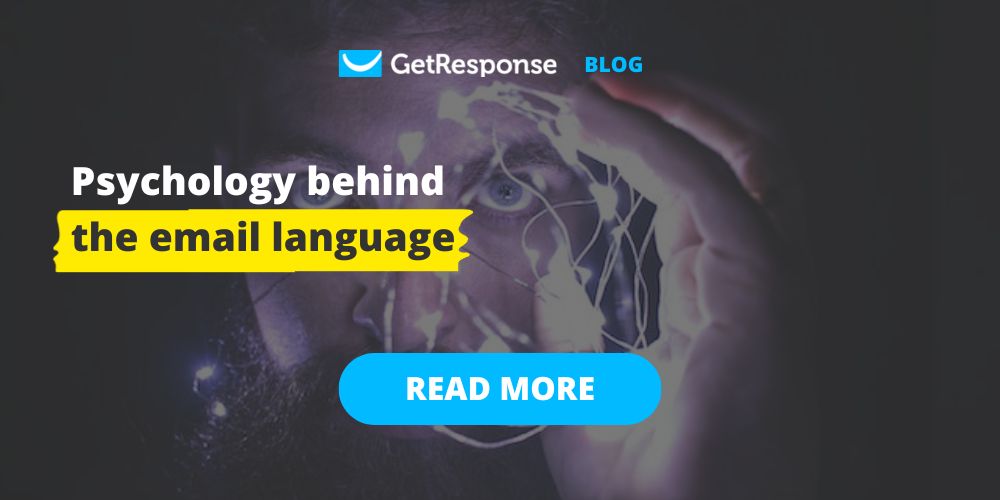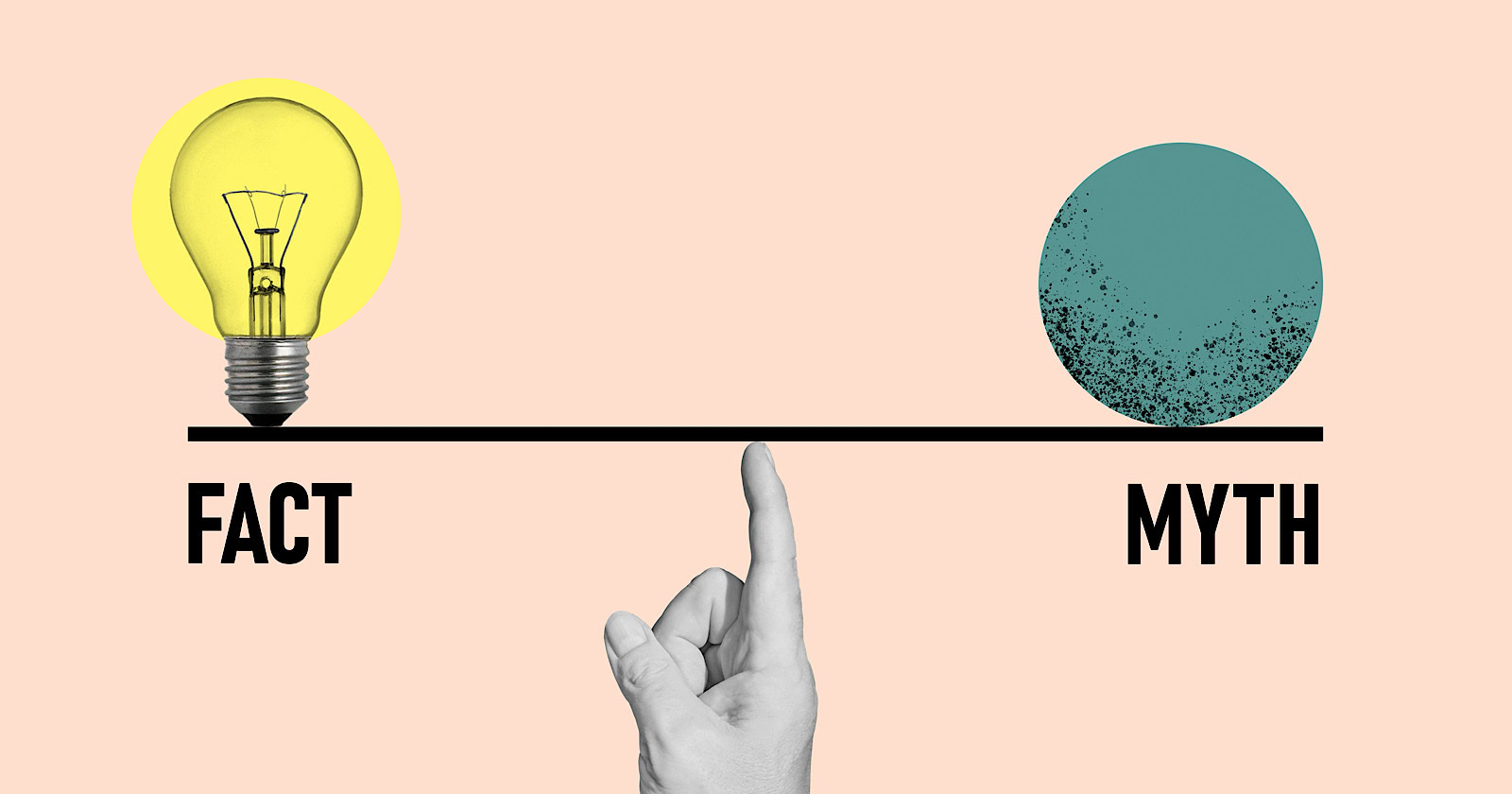You expect remarkable results from your email marketing campaigns.
For that, you need targets to open, read, and respond to your emails.
Two problems:
- People send and get 347.3 billion emails daily now, so the chances of yours getting lost in their inboxes are 99.9%.
- Even if you are among that 0.01% noticed, your chances of getting opened are 26.80%.
Modern users are selective about the information they get online, and they can smell a blatant marketing message a mile away.
How do you grab their attention and persuade them to open, read, and respond to yours?
Address linguistic psychology.
Certain words and language patterns influence how we perceive and react to information. By factoring in behavioral science and tweaking emails accordingly, you can encourage recipients to respond. It’s not about manipulating or playing mind games with users; it’s about actionable writing tactics allowing your marketing message to stand out.
Related read: Behavioral segmentation examples & best strategies
In this article, we’ll reveal the secret power of email language to help you write and structure emails destined to convert.
Email language: make them click
Let’s start with our oldy-moldy email subject lines again: 47% of recipients will open an email based on the subject line alone, so precise attention to its structure and phrases is critical.
What’s the catch?
Your email will never get opened if its subject line doesn’t provide a motivator for a user to click on it. The motivators for increasing response rates are six: fear, anger, greed, need for approval, guilt, and exclusivity.
Here’s how each can look like:
- Fear: “TODAY ONLY: 55% OFF an entire year of Premium”
- Anger: “5 things your tax expert doesn’t want you to know”
- Greed: “Buy 2 today and get 1 more for free!”
- Need for approval: “Stay trendy with our new collection”
- Guilt: “We’ve missed you. Can we buy you a drink?”
- Exclusivity: “This offer is for the first 50 subscribers only”
So, the first thing you need to do before writing an email subject line is to decide on a motivator to place there. Thus, you’ll understand what tactics to use in a subject line to trigger the desired psychological response.
And below are psychological tricks to use in subject lines to make the audience open your email:
Use numbers
The human brain is wired for numbers as they make the content easier to digest. Numbers provide order to chaos, tricking the brain into assuming they are more efficient because we see the end goal and understand we can reach it for a dopamine release.
That is why listicles are so popular. And no wonder that subject lines with numbers have a 57% more open rate.
You can take a step further and consider the psychology behind odd and even numbers. While even numbers look friendlier, odd ones are more thought-provoking and encourage users to click.
Need the double effect from numbers in the subject lines?
Use two numbers! While the first one invites users to learn more, the second one motivates them to open the email and get the answer to their what’s-in-there-for-me question.
The above “Buy 2 today and get 1 more for free” is an example of using this rule coming from neuro writing tactics. More on that is below.
Try neuro writing tactics
Neuro writing is a set of tricks we use when crafting marketing texts to appeal to human psychology, hook users, and influence their engagement and motivation to learn more and purchase.
Those tricks refer to mental hacks in content headlines, subheaders, and bodies. Speaking of email subject lines, you can try the following:
- Beneficial adjectives. They work as motivators and address a user’s curiosity and FOMO. Such adjectives are beneficial because they explain to recipients why your email is worth their attention.
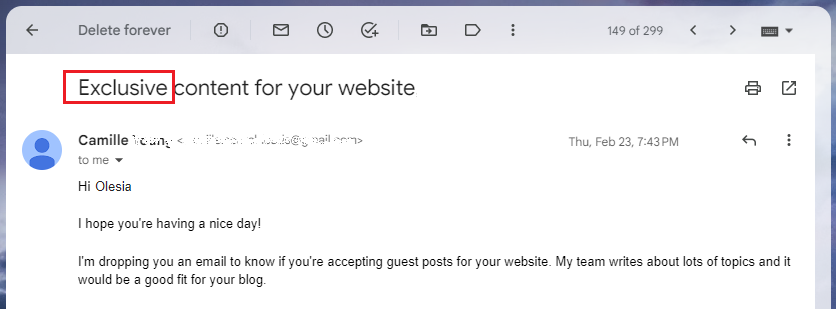
Free, quick, updated, improved, special, exclusive, and bargain – all are beneficial adjectives to mention in email subject lines when applicable.
- Quotes. Quotation marks work as social proof. Using an expert quote (relevant to your email’s context) or formatting a sentence from the email body accordingly, you signal trustworthiness to a user. Quotes imply that someone has already tried the product and can vouch for it.
- Questions. Formatting your subject line as a question encourages the reader to provide an answer, and to do that, they’d have to interact with your content. Questions spark curiosity and appeal to a human’s social instinct, the brain’s mechanism making us crave approval, achievements, and personal value.
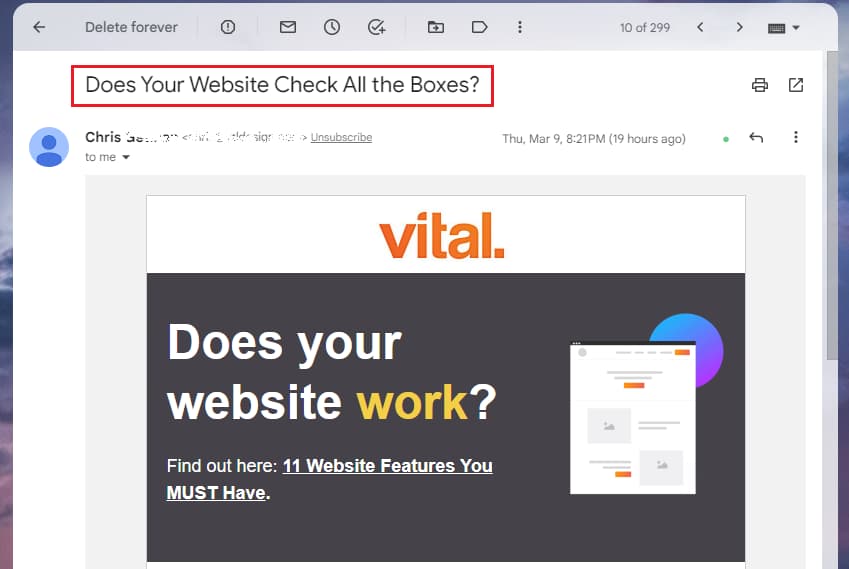
The question in email subject lines makes users guess the answer and awakens the need to open and check if they were right. Also, it’s about FOMO: “I need to check it to ensure I knew it and didn’t miss anything.”
Email structure: make them want to read
“The strongest effect you’ll have, in any environment, is by making things easier.”
These words by Max Mawby, head of behavioral science at fintech startup Plum, define the psychology of online reading best:
- Reading online is 25% slower than from print.
- People don’t read content word by word but scan it to understand if it satisfies their search intent and is worth their time.
- Users read only 20-28% of the words on a web page.
Why does it all happen?
One of the reasons is the “We Need to Act Fast” group of cognitive biases: a human brain is lazy, favoring simple-looking options and immediate rewards over complex ones.
The result?
No one will read your text sheets with complex sentences and long paragraphs. They look like more work to do, spammy and salesy, and too challenging to dig in and examine, so they get ignored.
“If you want to get people to do something, make it easy. Remove the obstacles,” says Nobel Laureate Richard Thaler in his book Nudge.
So, remove the obstacles from your email body to ensure that people will read it:
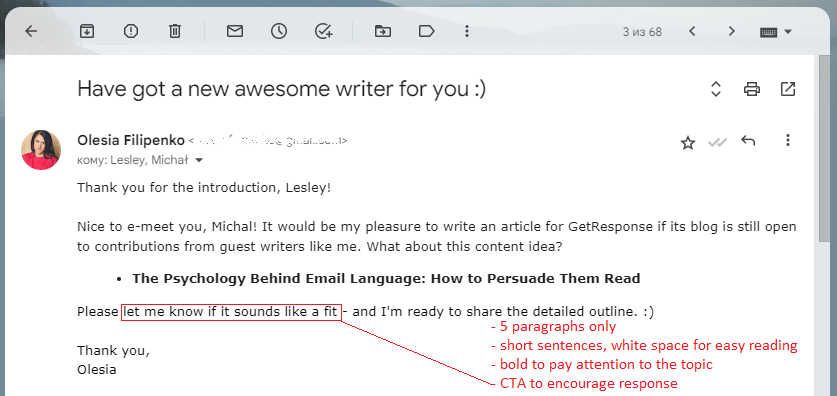
- Make it as coherent and straight-to-the-point as possible: Use short sentences and paragraphs.
- Say no to professional jargon or complicated language if there’s even a tiny chance your target audience might not understand it: incite as little thinking as possible.
- Always use a CTA: Make it eye-grabbing (design it as a button); craft a comprehensible message of what you need a recipient to do.
- Use visual hooks where applicable: add transition words, bold some text, and consider different font sizes or colors. (Know the limit! Too sparkling formatting may cause the opposite effect and make your email seem all over the place.)
Email language: make them read and respond
Now that your email has got opened and passed the scannability test, a user starts reading it. What language tricks can help keep them engaged, persuade them to continue reading to the end, and encourage them to respond (take your desired action)?
Use the power and sensory words
Power words are persuasive and descriptive lexical items that trigger an emotional response, whether positive or negative. As a rule, they are verbs and adjectives helping to spice up content and evoke a desired reaction from readers.
Jon Morrow from SmartBlogger is the number one ambassador of power words in writing: He’s gathered the most comprehensive list of these items in 801+ Power Words That Pack a Punch & Convert like Crazy.
Speaking of emails, you’ll need words that stimulate curiosity and build trust. Here goes the list:
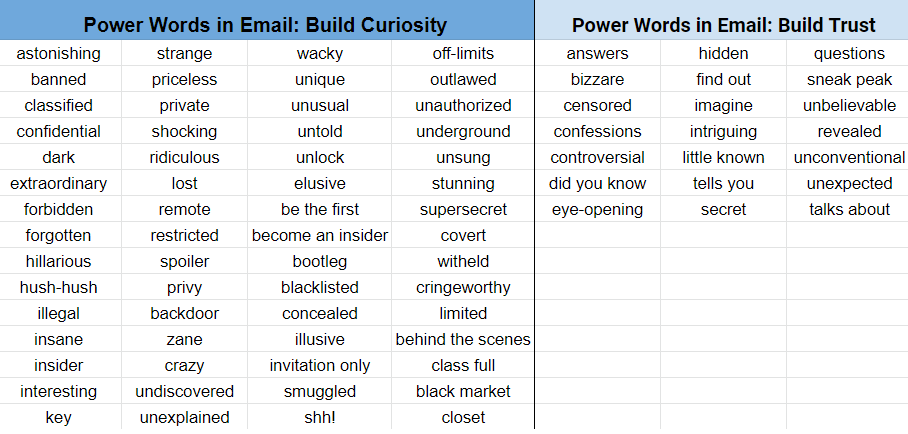
How to incorporate such words in your emails?
- Use active voice and choose strong verbs that don’t require support with -ly adverbs like very, extremely, truly, really, etc.
- Add descriptive adjectives to nouns.
- Enhance the psychological effect of your message with sensory details.
Sensory details are emotional words you use in content to appeal to a reader’s five physical senses: sight, hearing, taste/smell, touch, and motion.
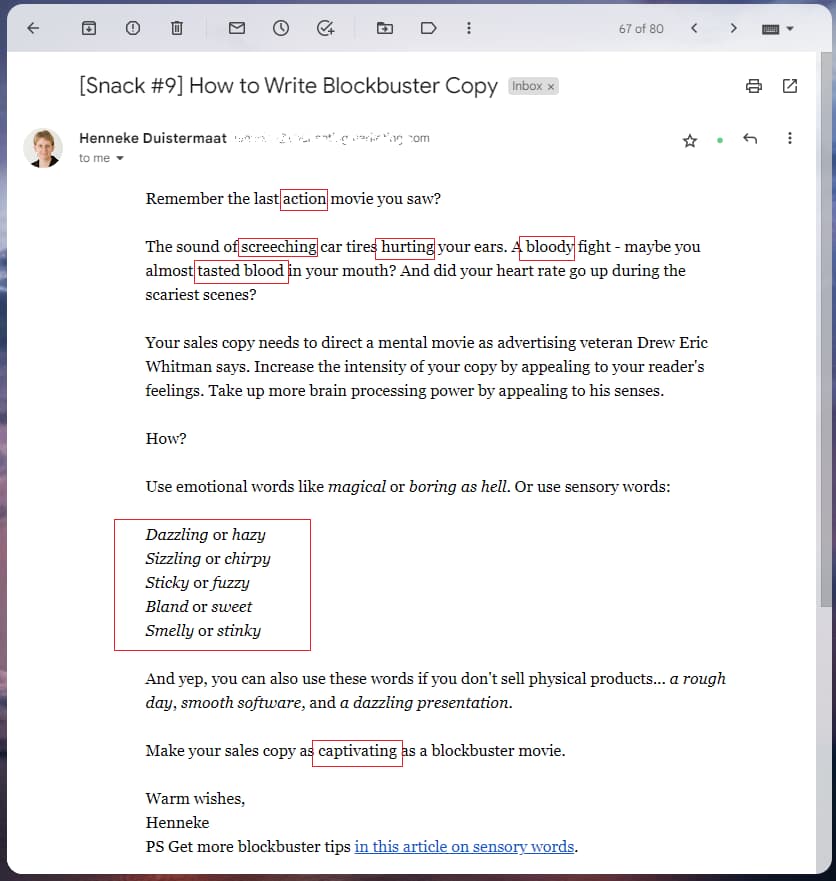
Copywriter Henneke Duistermaat promotes using sensory words in the content. She describes them as a writer’s instrument to “allow readers to experience your words” and, thus, get captivated with your message.
Sensory words are so effective because the human brain processes them faster than other language patterns: They activate a certain part, responsible for visual thinking. These words “paint” a scene in a reader’s imagination, which is your weapon to hook them and make your email memorable.
As a rule, sensory words are descriptive adjectives that empower nouns. Here goes the list of examples:
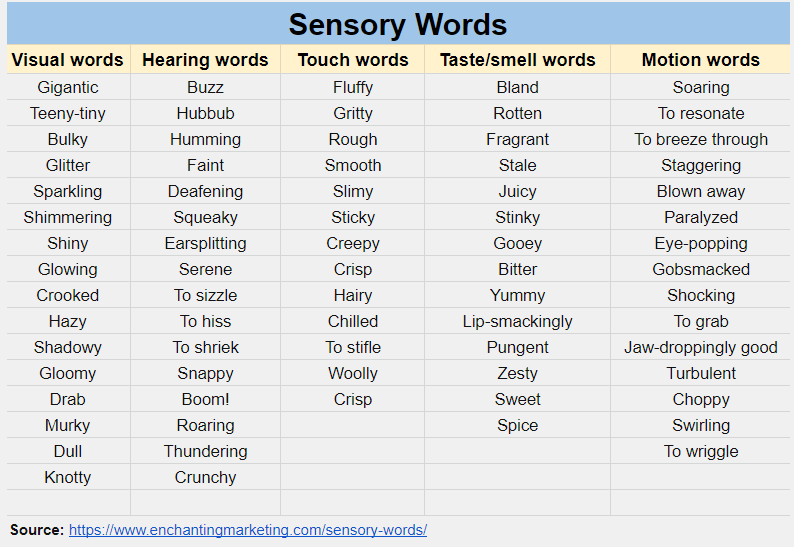
Evoke the reciprocity effect
The reciprocity concept is a psychological “trap” making us wired to return favors: We feel compelled to do something for people who did something for us. It’s among Cialdini’s 6 principles of influence marketers use to persuade and boost conversions:
“Give a little something to get a little something in return.”

Email sign-offs like “Thanks in advance!” evoke such an effect, either: A person feels obliged to complete what they’ve already been thanked for. But:
The no-no example most of us got at least once is sign-offs like “Waiting for your positive response.” It causes the opposite effect: rejection and unwillingness to react. (Who said my reply would be positive? How dare you decide for me?)
The same goes for all those typical “King regards,” “Yours sincerely,” “Best wishes,” or “Have a nice day” sign-offs. This email section is your last way to capture attention, so you can’t miss a chance to make users remember your message.
While our brains are wired to ignore typical sign-offs, we will definitely notice original and unexpected ones. It’s how the bizarreness effect works: we are sensitive to unusual, and we recognize contrast. The key to using this effect is to ensure your sign-off is relevant to the email content and matches your brand’s personality.
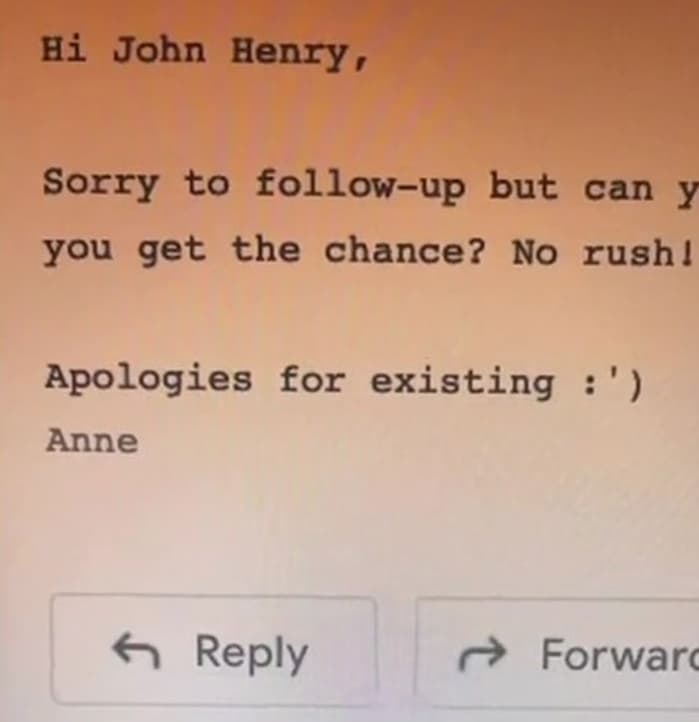 Source
Source
Another persuasion technique that works like this is bribery, aka offering extra benefits to prospects in return for something. In email marketing, the common forms of bribery are coupons, discounts, savings, special offers, or contests.
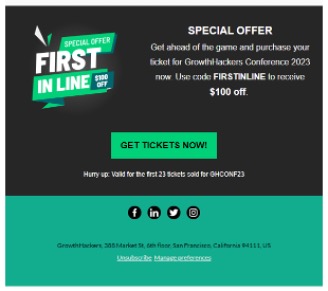
Or, you can offer free content as a form of bribery: ebooks, blog posts, videos, infographics – share them in emails as tiny extras next to your CTA.
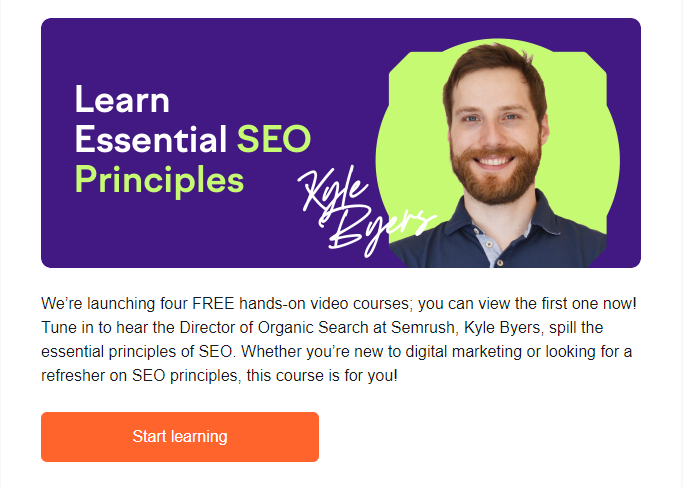
Remember the psychology of visuals
People are 90% visual beings processing images 60,000 faster than text. One image in your email can help “cheat” the brain’s unwillingness to read long texts and tell a story encouraging a positive response:
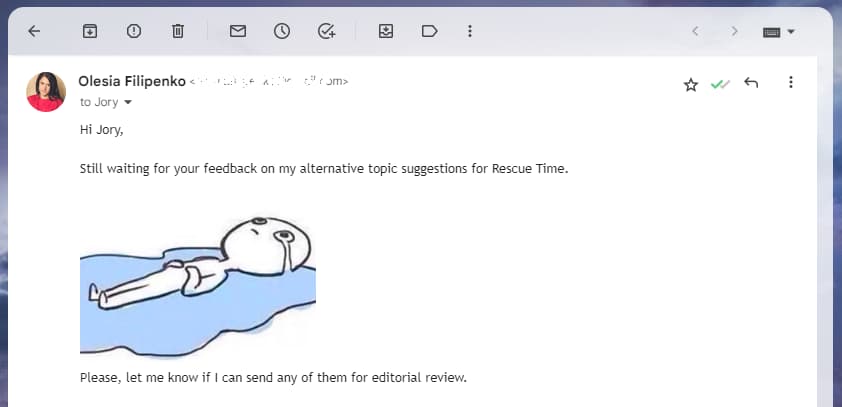
Speaking of email design, it’s also critical to consider color psychology:
Different colors influence perception and evoke particular moods and associations. Choosing a corresponding color for a CTA button, think of emotions and actions you hope to inspire in readers.
While the best decision would be to use the same brand palette across different marketing channels, – users will recognize your brand, and your message will evoke trust once they open it – remember about visual contrast.
Regardless of color, your email CTA should stand out from the rest of the information for a user to see it and understand it’s clickable.
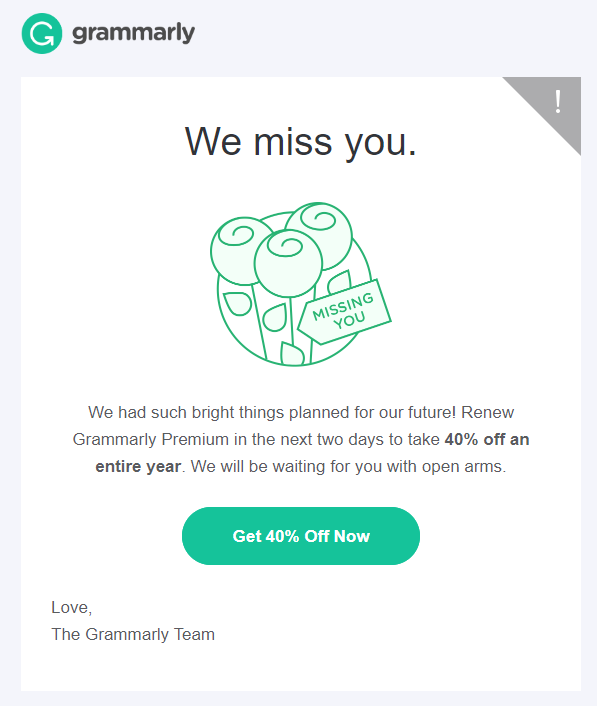
Some experts insist that orange and green are the best colors for email CTAs because they evoke friendliness and trust and are contrast enough to stand out in the email. Others insist that red is okay, too: It’s about excitement and desire, though it looks too aggressive for some.
The rule: Stick to brand colors and consider the context of your message.
Consider the email’s tone
Do you know that every email you write has a tone that a reader will remember better and longer than its content?
It’s all about interpretation:
When a person reads an email, they attempt to put intention and tone into the words. The challenge here is that the way you write a message doesn’t guarantee your reader will receive it the same way: The receiver may not be in the same emotional state as you, interpreting your message differently.
When writing an email, imagine how the receiver could interpret it and do your best to convey your intended email’s emotional tone.
Your instruments are syntax, punctuation, sentence length, letter case, and visual indicators like emojis:
- Say no to CAPS (the indicator or a nervous person yelling at recipients).
- Avoid placing several exclamation marks in a row.
- Be careful with emojis (consider the context and use only those that are impossible to misinterpret).
- Add a social comment where applicable (“I hope you’re well,” “We look forward to working with you,” etc.)
- Say no to abbreviations or text speak like “lol,” “yeap,” “asap,” etc. (unless it’s a part of your brand voice and your audience knows that).
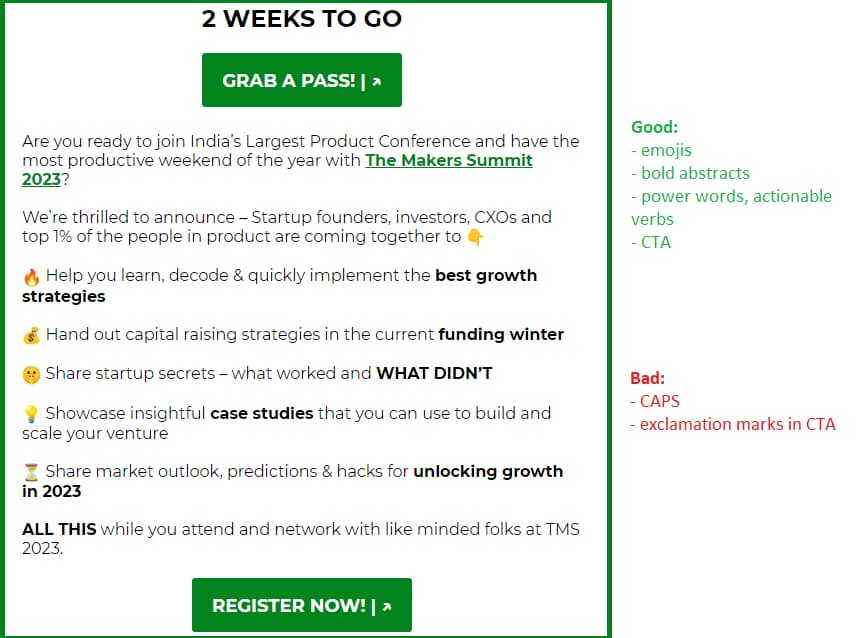
Ready to apply linguistic psychology to email marketing campaigns?
Now that you’ve revealed the psychology behind email language, structure, and tone, it’s time to act:
- Make them open your emails: Consider motivators, try neuro writing tricks, and remember about personalization.
- Make them want to read your email: Structure it to remove the obstacles. (Remember about the psychology of online reading, consider scannability.)
- Make them read and respond to your email: Use sensory language, evoke the reciprocity effect, and consider your email tone and overall design (together with a powerful call to action).
Experiment with words, email tone, structure, and format — and remember to test different email psychology instruments to see which ones work to boost your email marketing campaign.
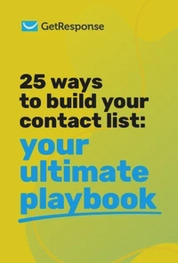
25 ways to build your contact list
We’ve compiled a list of 25 tried-and-tested tactics for the success of your future campaigns.
Download guide

